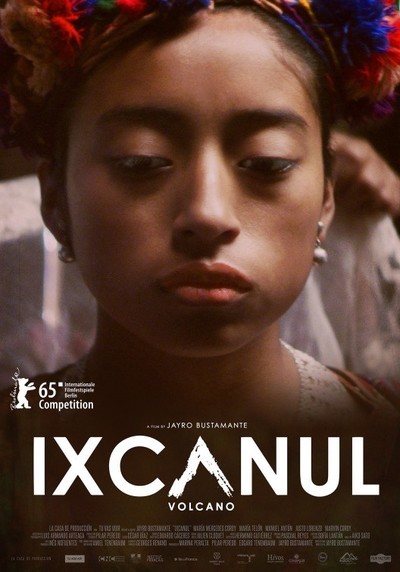Ixcanul translates to “volcano” in the native indigenous language called Kaqchikel in Guatemala. It is a film about a young Mayan girl Maria who lives and works with her parents on a coffee plantation set at the foot of the volcano. She is supposed to marry Ignacio, the overseer, a match that would secure her family and achieve a higher status. However, Maria is not interested in marrying him, instead she plans to escape with a plantation worker named Pepe. Through the turning of events Maria is faced with a choice to keep a life or give it up. In the end, Maria is still bound by her traditional life but feels the fire within.
The film consisted with a full indigenous cast, where the story focused fully on the lives and misfortunes of indigenous people. It explores the gender and indigenous issues to highlight the strength of Mayan women. That is shown with the day to day chores done by Maria and her mother. Those chores take a great amount of strength, for example carrying heavy things and walking for more than a mile everyday. Also, the struggle of women not having the freedom to make decisions about their futures like the unconsented marriage of Maria. There is an overlying theme in the film of the strong preying upon the weak. The reason is because of the treatment of the indigenous people, especially the women. Therefore, Maria’s plan to escape symbolized the desire to break from the traditions by taking a step towards modernization and freedom.
Ixcanul relates to course material because, it shows the overall lifestyle and treatment of indigenous people living in a remote area. It displays how the concept of modernization was nonexistent in this small indigenous village. Everything was done manually with the help of family. There was this one example from the movie that showed a lady collecting information for the census. Due to the language difference and bias from the character Ignacio the information was not translated properly and fully. This made me think about the Perla survey and their methods of acquiring information, leading me to believe the authenticity of this technique. Additionally, the treatment of indigenous people in the modern cities was shown in the film. They were treated poorly at the hospital in the city and were deceived by them. This relates to the studies that showed people from small indigenous villages were treated poorly because the people from the cities thought they were dumb and uneducated. Overall, it was a great film with beautiful cinematography and would recommend to anyone interested in lives of indigenous society.

